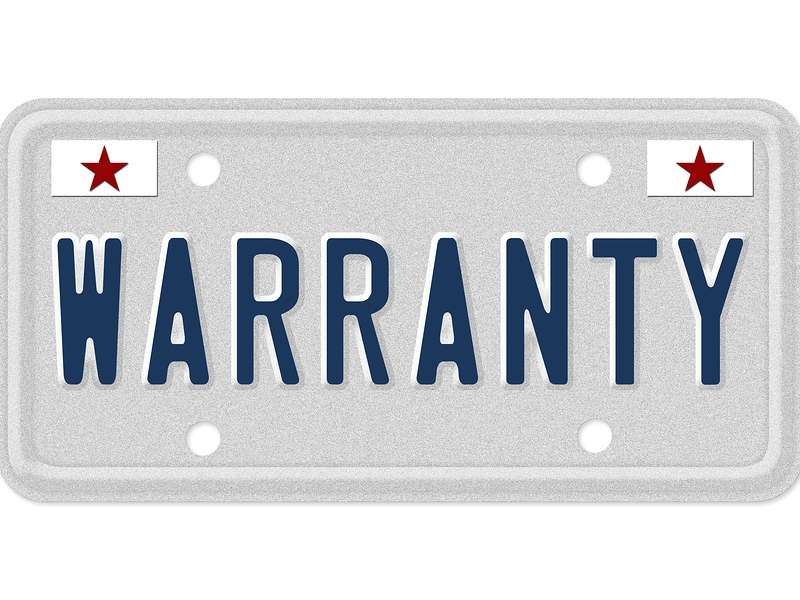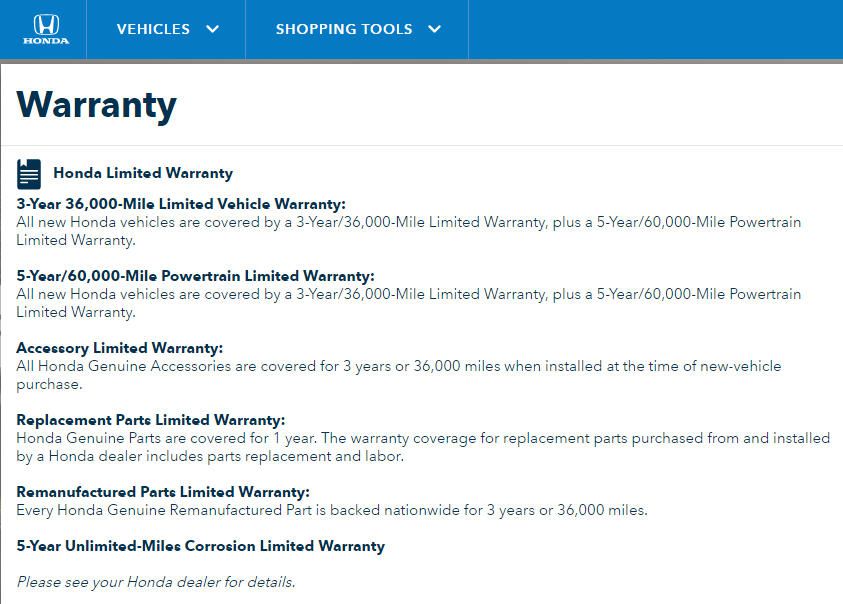Recent Articles
Popular Makes
Body Types
New Car Warranties Don't Always Start From Date Of Purchase

New car warranties are often a very important part of closing the deal. The peace of mind that comes with the coverage provided by a warranty plays a large role in separating new cars from used cars in the eyes of vehicle shoppers. In fact, some companies such as Hyundai have made extensive warranty coverage a primary component of brand identity. This in turn helps certain automakers benefit from the perceived commitment to quality that goes along with a lengthy warranty term.
When Does the Warranty Take Effect?
Most vehicle buyers make the assumption that a new car warranty goes into effect as soon as they purchase the automobile. The idea that the starting point for a warranty is tied in to the date which a new owner takes delivery of the car, truck or crossover in question is a logical connection to make. Unfortunately for some buyers this is not always the case, leading to the surprise termination of warranty coverage months or even years prior to the expected end date.

"In Service"
The issue at stake when it comes to determining when new car warranties begin and end is found within the fine print of the warranty or purchase agreement. Many car companies set the warranty wheels in motion on the date when a vehicle is first marked as being put 'in service' by the dealer. What exactly does this mean? An automobile can be marked as 'in service' for a number of different reasons.

Demo Vehicles
Some new car dealerships will take a vehicle out of inventory in order to use it as a demo, which effectively puts it in service and starts the warranty clock ticking. This is true regardless of how few miles might be on the actual vehicle. Sometimes, a dealer might also take a car out of inventory in order to mark it as sold and benefit from a limited incentives window being provided by the manufacturer. Despite the vehicle maintaining its status as a new automobile, and not ever having been titled, according to the manufacturer it has been put in service and its warranty has been activated. This can often be the case when looking at left-over inventory from a previous model year, or even vehicles which are two model years old but have yet to be sold.

Photo by Bigstock
Verify Warranty Start Date
In each of these situations, it is up to the buyer to verify the starting date of the vehicle in question's warranty. Making the assumption that it starts as soon as the keys have been handed over can end up being a costly mistake, especially if a year or so of warranty time has already been lopped off of the original service contract. In the case of manufacturers which offer Certified Pre-Owned warranty extensions or other types of extended warranties, some vehicles might have difficulty qualifying for these beneficial programs due to their warranty status. This can be the case regardless of how much time they have actually spent in the hands of their new owners.

Read the Fine Print
Reading the fine print of both the warranty and the sales contract can take all of the mystery out of new car warranties and make sure that you are getting the exact deal that you were looking for when you set foot in the dealership. It can also help prevent any unfortunate surprises down the road when it comes to warranty repairs or extensions.
